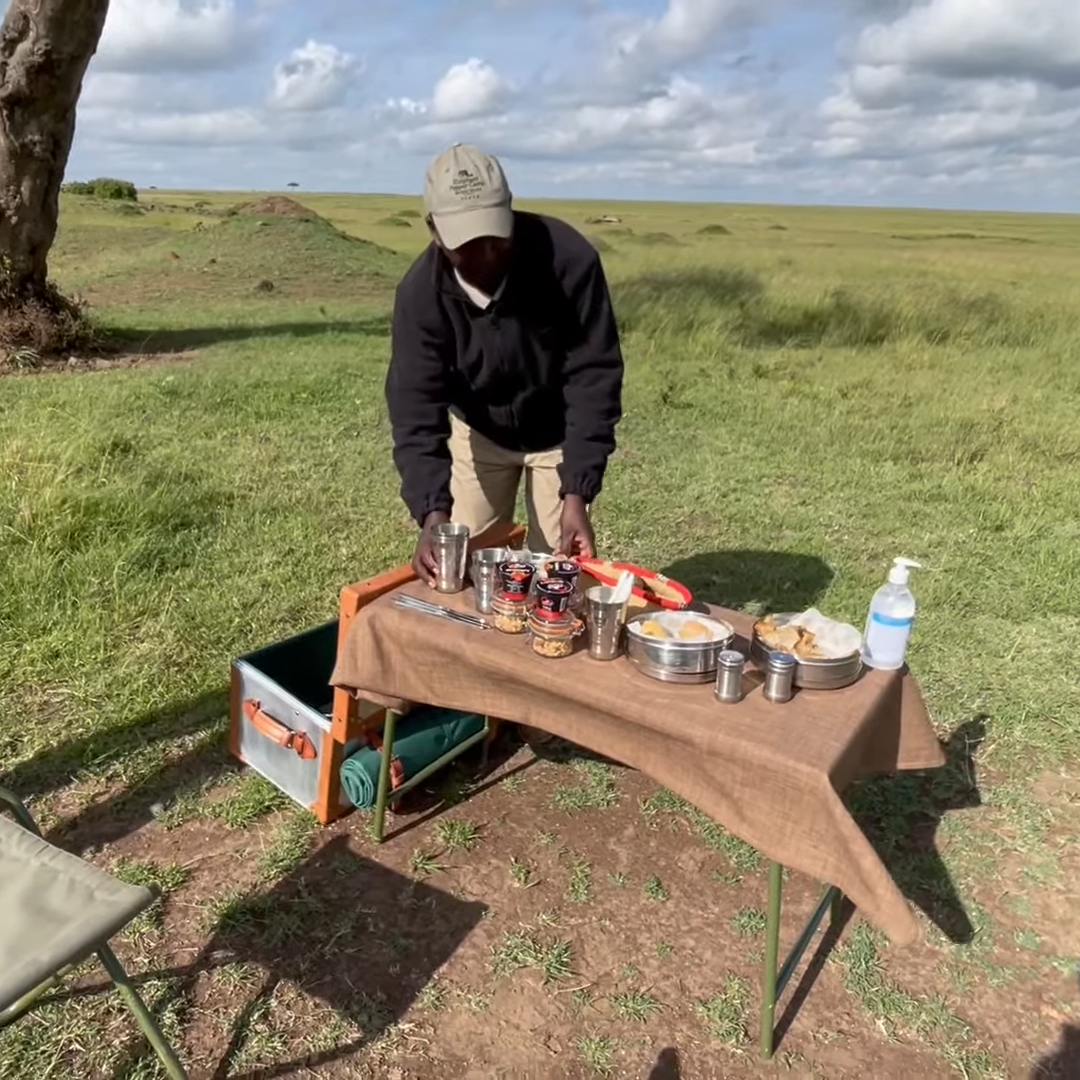Masai Mara Safari Adventure: The Ultimate Comprehensive Guide
The Maasai Mara, also known as the Mara and sometimes spelt Masai Mara, is a national game reserve in Narok, Kenya, adjacent to Tanzania’s Serengeti National Park. It was named in honour of the area’s original inhabitants, the Maasai people, and is well-known for its remarkable wildlife conservation and wilderness, particularly for its large populations of cheetahs, lions, African bush elephants, and leopards. The “spotted” terrain of the area is caused by the short, bushy trees that dot the landscape, as described by the Maasai people.
The reserve is part of the Serengeti ecosystem, stretching from northern Tanzania to southern Kenya and covering an area of 1,800 square kilometres. This well-watered plain ecosystem supports one of the densest populations of diverse animals on earth, including more than 1 million wildebeests, 250,000 Thomson’s gazelles, 250,000 zebras, 70,000 impalas, and 30,000 Grant’s gazelles. On a Masai Mara game viewing drive, you can also spot many predators, such as lions, leopards, cheetahs, jackals, and hyenas.
The Masai Mara is also home to over 470 bird species, including 57 raptor species. Every January, the wildebeests begin to move around the Serengeti towards the new, fresh grazing in the Maasai Mara, which is part of the Great Migration. This natural wonder has made the Masai Mara one of Africa’s Seven Natural Wonders and one of the world’s Ten Wonders.
Why choose the Mara Experience?
For a first-time visitor to East Africa, the Masai Mara in Kenya is an essential destination, representing a small but vital part of the expansive and wildlife-rich Serengeti, located just across the border in Tanzania. Widely regarded as the ultimate opportunity to witness untamed wildlife in its dramatic splendour, the Masai Mara National Reserve is acclaimed for having the highest concentration of terrestrial wildlife on the planet. The Great Migration, a breathtaking natural phenomenon where hundreds of thousands of wildebeest undertake perilous river crossings as part of their annual migration from Tanzania to Kenya, is a spectacle that lives up to the mesmerizing portrayals in wildlife documentaries.
The iconic images of thousands of animals navigating crocodile-infested rivers during this migration are the stuff of wildlife enthusiasts’ dreams. The Masai Mara is considered the prime location to witness this migration, as the immense numbers of animals are concentrated in a relatively small area, covering just over 1,500 sq. km (585 sq. miles). Picture 2½ million animals filling the plains and rivers, creating a wildlife spectacle of unparalleled proportions.
The Masai Mara is nature’s captivating drama, although not necessarily for the faint-hearted due to its high mortality rate, especially when witnessing predatory actions. Even if your visit doesn’t coincide with the migration, you’ll still encounter one of the world’s richest and most diverse animal kingdoms. By selecting accommodations thoughtfully, you can enjoy an intimate and luxurious experience far from the bustling crowds, ensuring a memorable stay in this remarkable wildlife haven.
Don’t miss out on this once-in-a-lifetime opportunity to experience the thrill of a lifetime; Masai Mara, Kenya, Africa.
The Masai Mara National Reserve and its surrounding conservancies are renowned as Kenya’s premier conservation area and one of the most sought-after safari destinations in all of Africa. With its vast expanses of open plains, it serves as a haven for a diverse array of wildlife, including elephants, buffalos, zebras, giraffes, hyenas, and, of course, Mara’s iconic big cats: lions, leopards, and cheetahs. What makes the Mara truly special is its role as a crucial stopover for the astonishing wildebeest migration, a monumental journey covering an incredible 2,900 kilometres (1,800 miles) in a circular route where visitors can witness this awe-inspiring spectacle from about August to November each year.
Year after year, countless travellers flock to the Mara to immerse themselves in truly authentic safari experiences. Here are just a few reasons why we are enamoured with the Masai Mara safari:
Masai Mara Related Safari Options
Planning Your Masai Mara Safari Adventure
-
Travel Logistics & Preparation Tips
Travel Documents & Visas
- Passport: Make sure your passport is valid for at least six months beyond your travel dates.
- Visa: Check Kenya’s visa requirements and apply online in advance if necessary.
Health & Safety
- Vaccinations & Malaria Prevention:
Consult your doctor or travel clinic for recommended vaccinations and ask about malaria prophylaxis. Although the higher altitudes in the Mara reduce mosquito populations, it’s best to be prepared. - First Aid Kit: Include basics like bandages, antiseptic wipes, pain relievers, and any personal medications.
Transportation Options
- Flying:
Daily flights from Nairobi’s Wilson Airport connect you to several airstrips near popular lodges in the Mara. Flying is fast, convenient, and saves you time. - Driving:
For a more adventurous option, rent a 4×4 vehicle and drive from Nairobi (approximately 6–7 hours). Note that roads can be rough, so be prepared for an off-road experience.
Packing Essentials
- Clothing:
Opt for lightweight, neutral-coloured clothing that blends with the environment.
Pack layered outfits for early morning and evening game drives—temperatures can drop significantly at dawn and dusk. - Accessories:
Bring a wide-brimmed hat, UV-protected sunglasses, a reusable water bottle, and sturdy closed-toe shoes. - Photography:
Don’t forget your binoculars and camera (with extra batteries and memory cards) to capture the incredible wildlife moments.
For more packing tips and travel advice, you might check out comprehensive guides from trusted safari resources.
Insider Recommendations for a Richer Experience
- Hot-Air Balloon Safaris:
Imagine soaring above the vast savannah at sunrise, with breathtaking aerial views and a champagne breakfast waiting on landing. - Guided Bush Walks:
Experience the Mara on foot with a guided walk that reveals details like animal tracks, local flora, and subtle conservation efforts. - Maasai Village Visits:
Engage with the Maasai community, learn about traditional beadwork, and dances, and hear their stories. This not only enriches your safari experience but supports community-based conservation.
Booking Your Safari Packages & Tickets
There are many options available:
- Safari Adventure Packages: Look for packages that include game drives, lodge stays, and cultural activities.
- Group Joining Safaris vs. Private Tours: Depending on your budget, you can opt for a group package (often more affordable) or a tailor-made private experience.
- Tickets & Park Fees:
Park fees are usually around USD 70 per adult (inside the reserve) or USD 80 (outside).
Put in mind the “12-hour rule” where you are expected to be on safari (in a vehicle or at camp) for at least 12 hours per day to maximize wildlife sightings.
Embracing Local Culture & Conservation
Discovering Maasai Culture
When you embark on a Masai Mara Safari Adventure, one of the most enriching experiences is interacting with the Maasai—the indigenous people whose history is interwoven with the land. Many lodges and tour operators offer cultural visits where you can:
- Traditional Encounters: Visit Maasai villages, join beadwork sessions, enjoy traditional dances, and listen to local stories for an authentic cultural experience.
- Sustainable Tourism: The Maasai actively participate in guiding and lodge operations, ensuring tourism benefits their communities through job creation, training, and reinvestment in local projects.
Community Conservancies & Wildlife Conservation
In the Masai Mara, community conservancies have transformed traditional cattle grazing lands into wildlife conservation areas. Here’s how they work:
- Supporting Local Communities: Maasai families lease land to tour operators, ensuring a steady income while maintaining communal ownership. Strict limits on tourist numbers help preserve the ecosystem.
- Olare Motorogi Conservancy: This 35,000-acre conservancy offers exclusive, uncrowded wildlife viewing while directly benefiting Maasai communities through revenue sharing and sustainable practices.
- Other Conservancies: Similar models in Mara Naboisho and Ol Kinyei provide intimate safari experiences and help protect the natural and cultural heritage of the region.
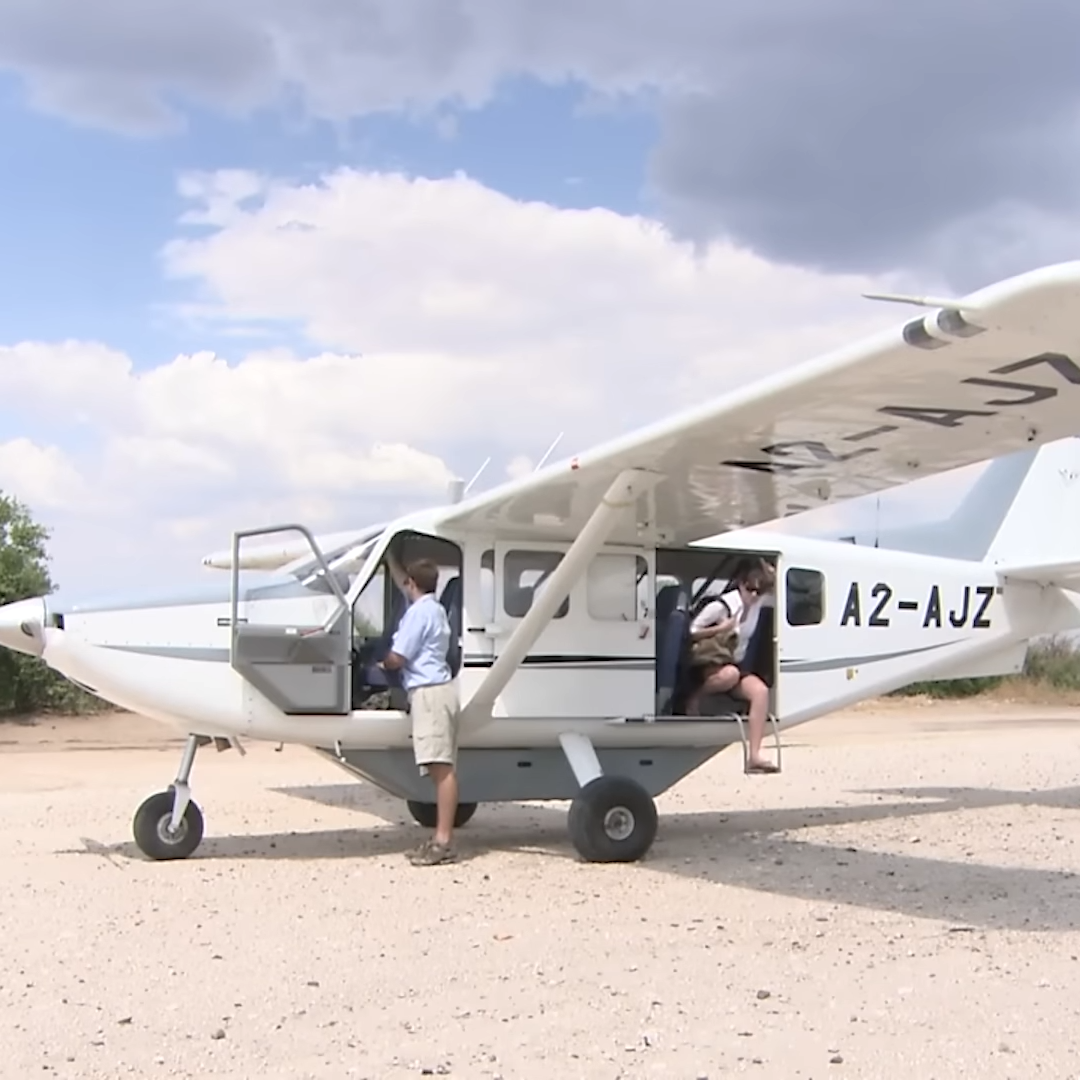
5-Day Samburu & Masai Mara Flying Safari
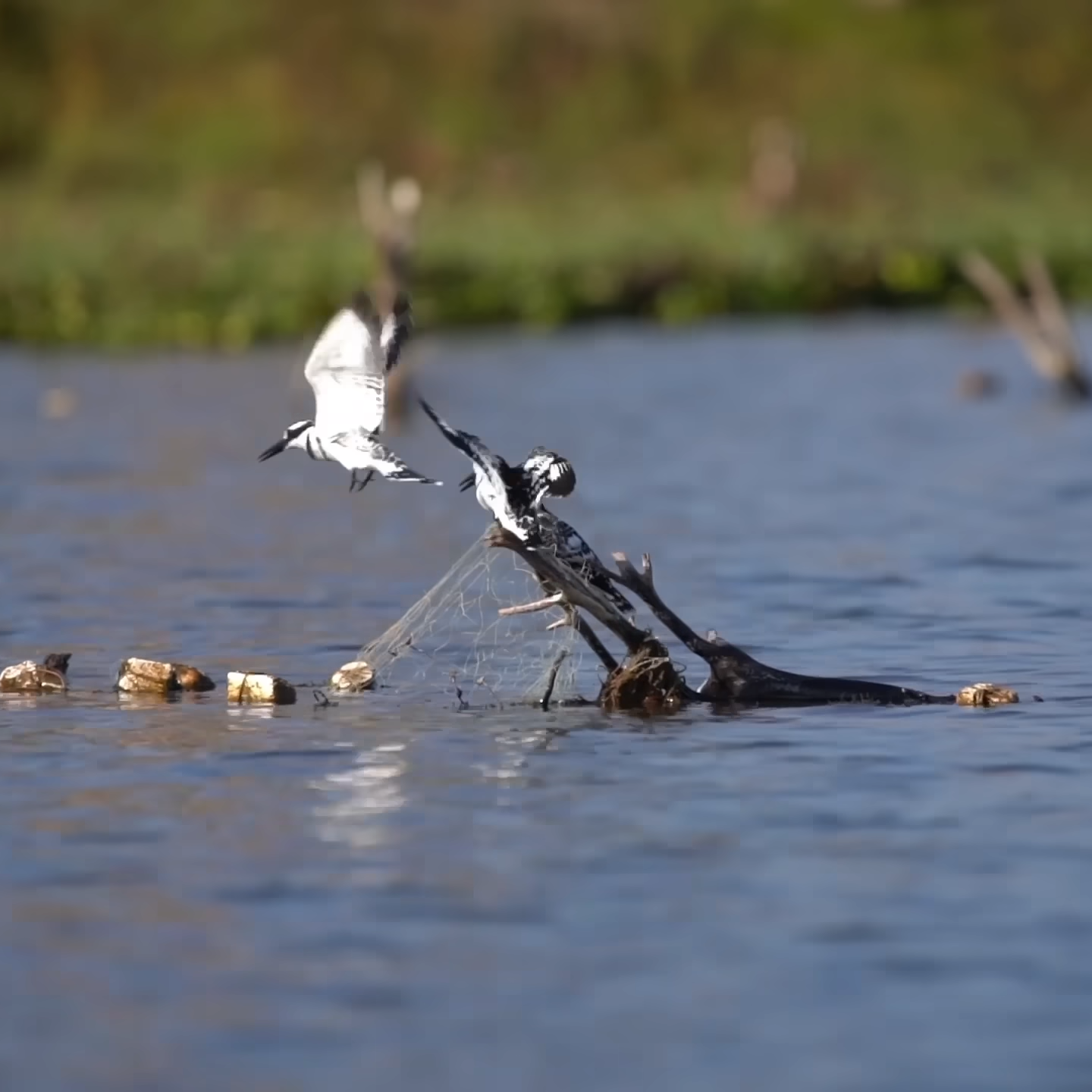
6-Day Kenya Mixed Parks Safari
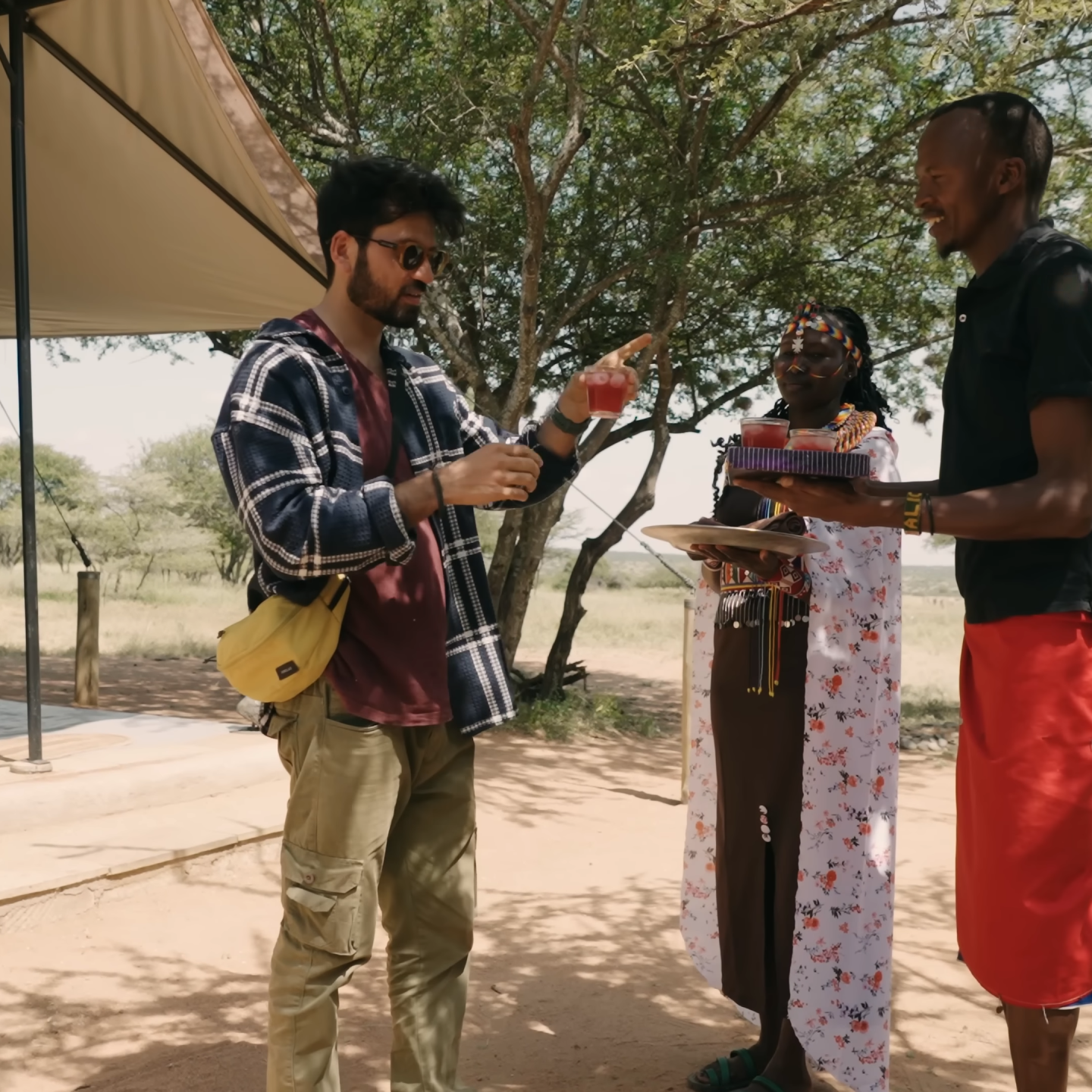
8-Day Cultural & Wildlife Safari
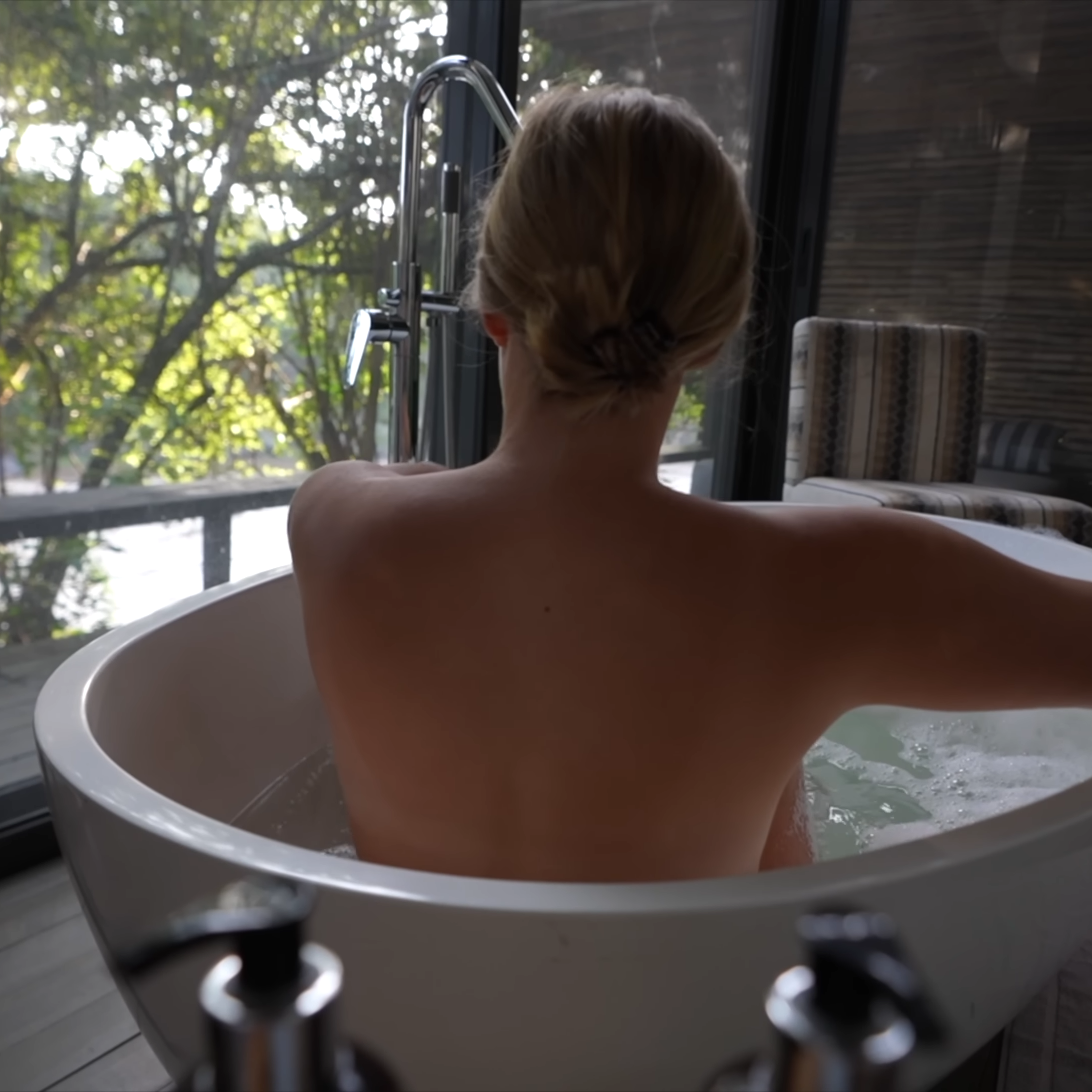
6-Day Luxury Lodge & Flight Safari
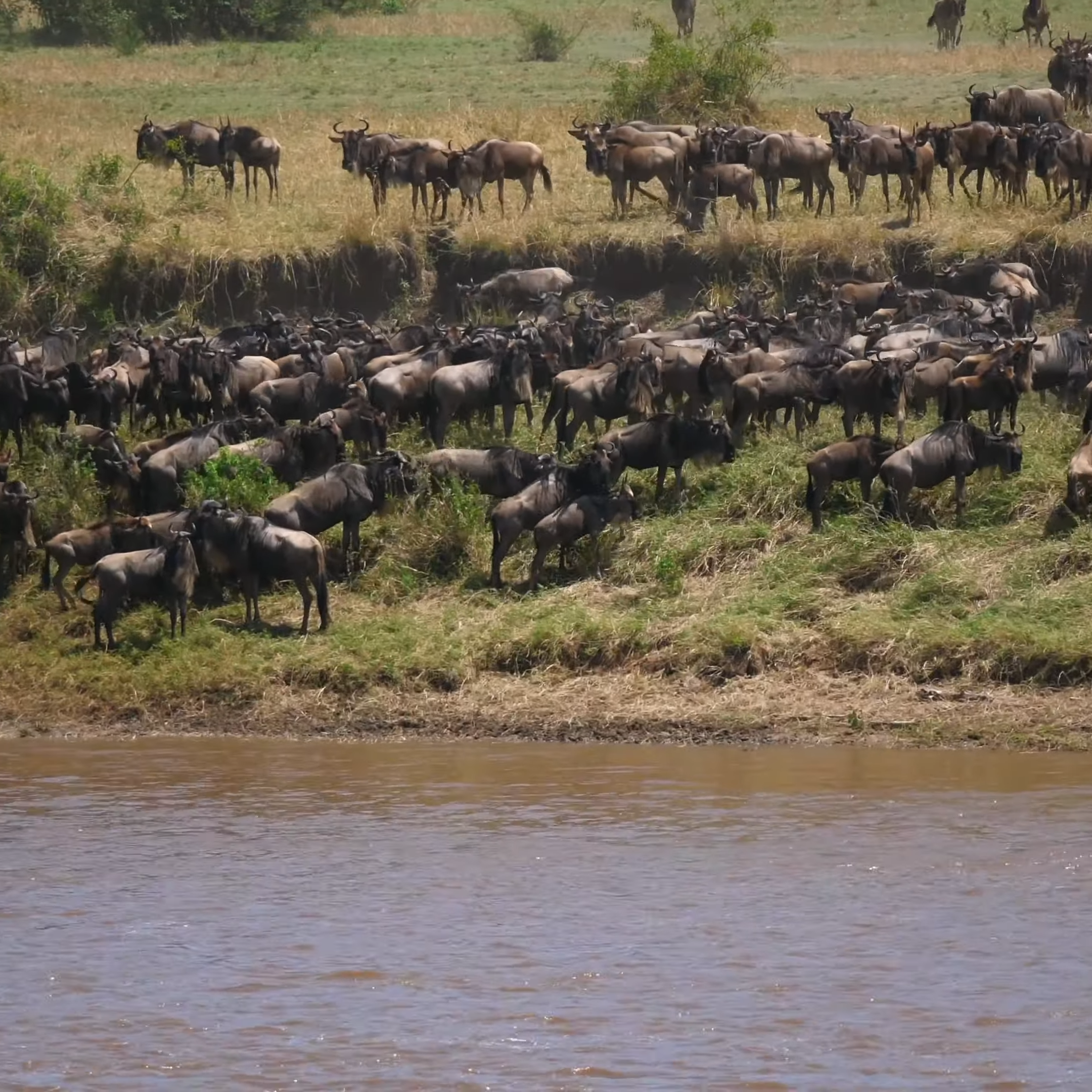
6‑Day Masai Mara + Serengeti Migration
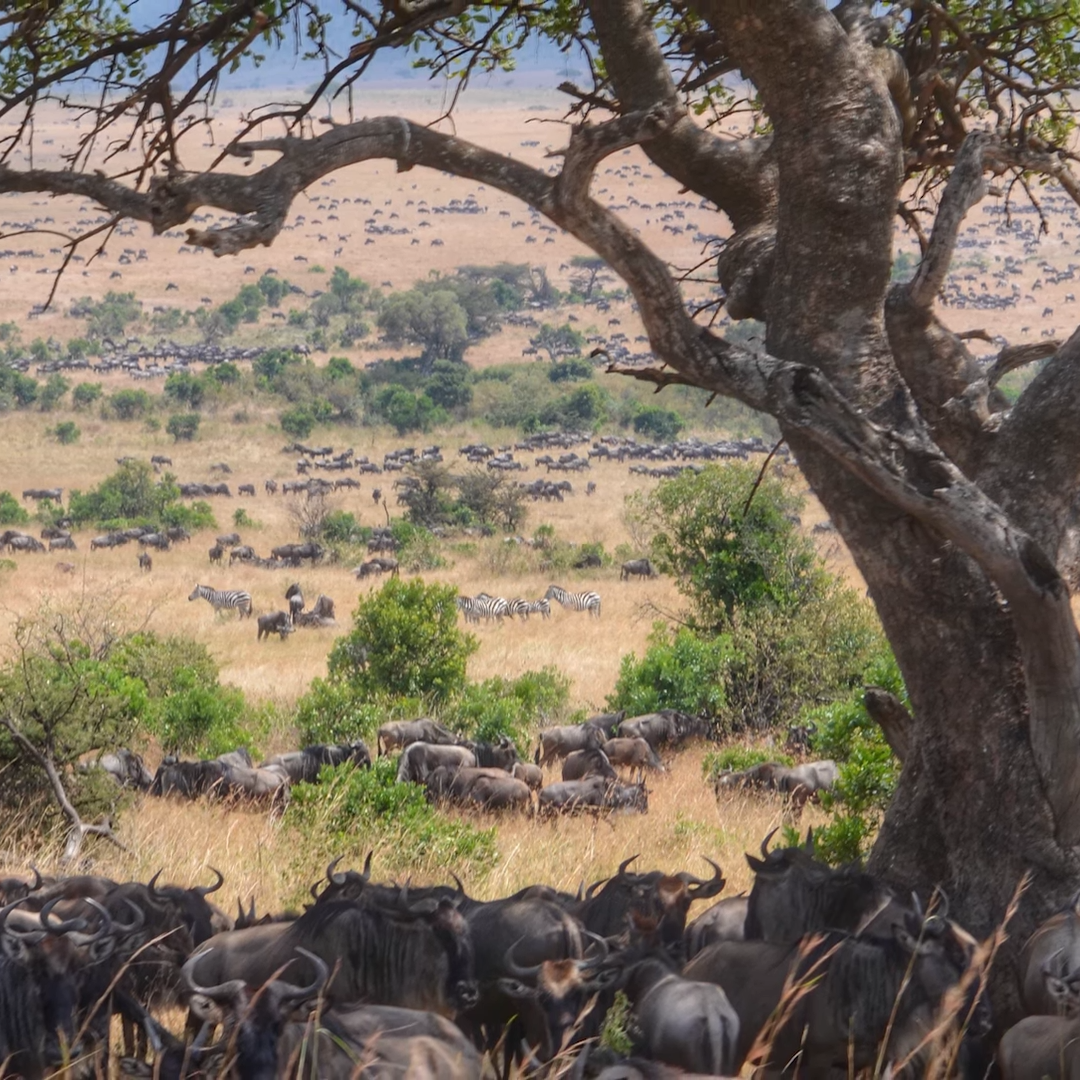
9‑Day Masai Mara + Amboseli Safari
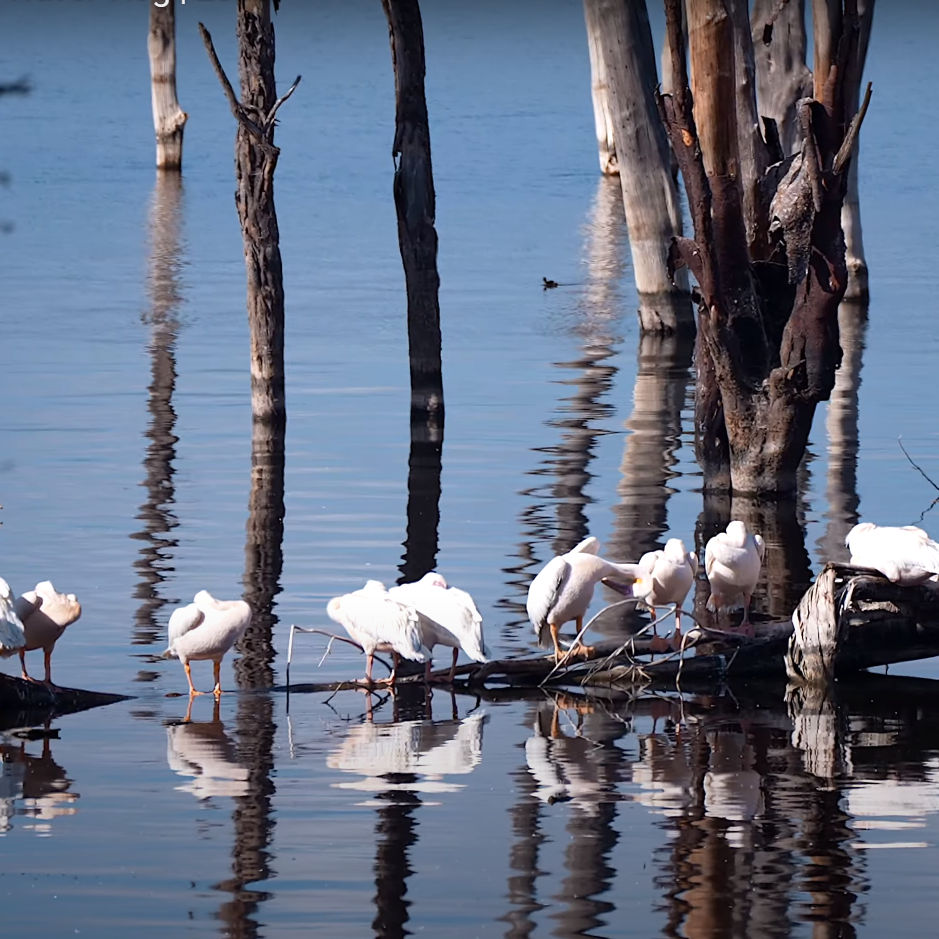
8‑Day Mara + Rift Lakes Safari: Nakuru & Naivasha
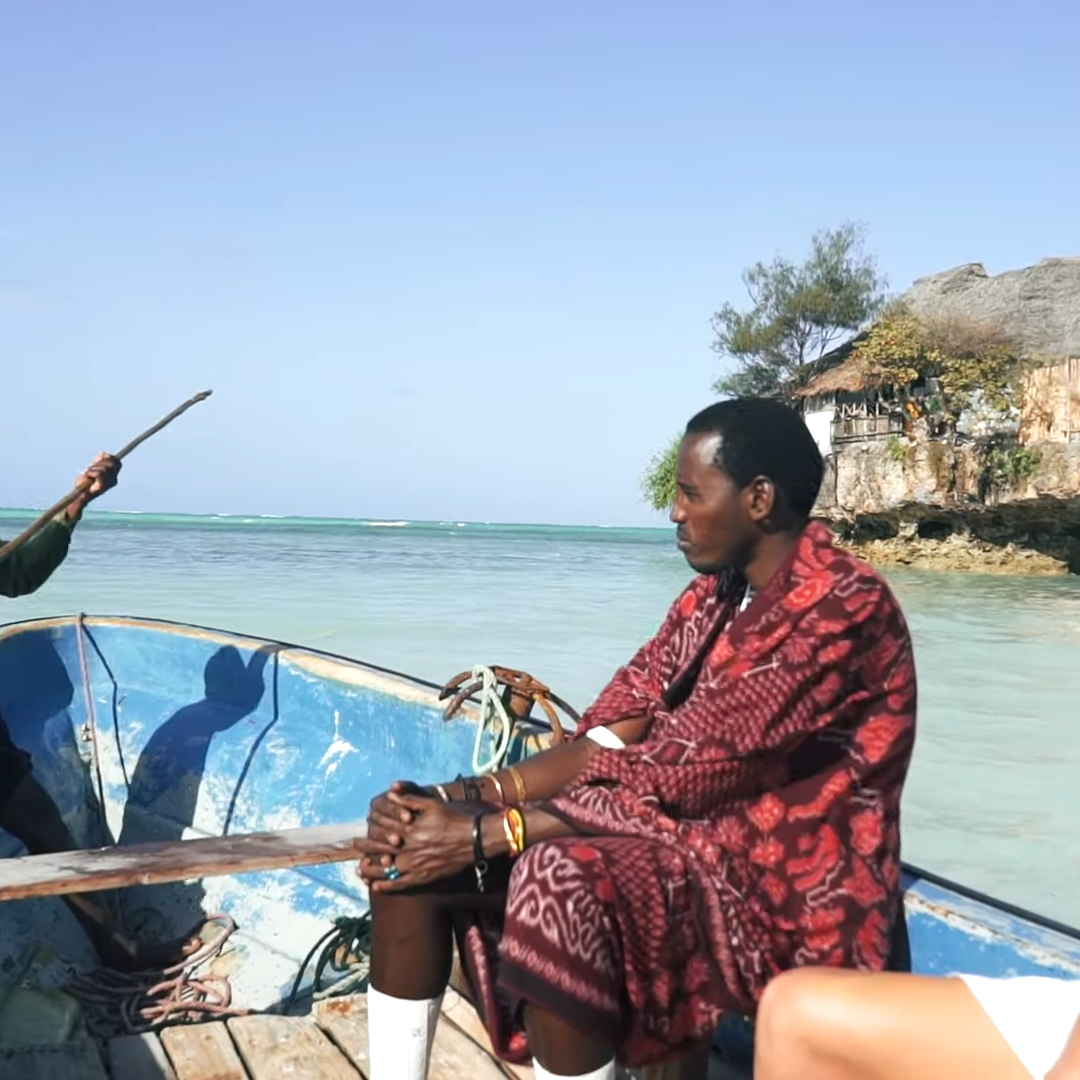
10‑Day Masai Mara & Zanzibar‑Beach Combo
Frequently Asked Questions About Your Masai Mara Safari Adventure
What is the 12-hour rule for Masai Mara?
The “12-hour rule” is a guideline used by many lodges and tour operators on a Masai Mara Safari Adventure. It means that you’re expected to remain engaged with safari activities—whether on game drives, bush walks, or at camp—for at least 12 hours each day (typically from around 6:00 AM to 6:00 PM). This ensures you get a full, immersive wildlife experience.
How much does a Masai Mara trip cost?
Costs for a Masai Mara Safari Adventure can vary widely. Budget options may start around $150–$200 per person per day, while mid-range tours typically range from $300–$500 per person per day. Luxury packages, including exclusive lodges and special experiences like hot-air balloon safaris, can exceed $1,000 per day. Don’t forget to factor in park fees (approximately $70–$80 per adult per day), transportation, and any extra activities.
Which month is best for the Masai Mara safari?
For the best wildlife sightings and to catch the dramatic moments of the Great Migration, plan your Masai Mara Safari Adventure during the dry season—from June to October. These months offer clear skies, comfortable temperatures, and concentrated wildlife around water sources. However, the wet season (November to May) has its lush beauty and fewer crowds if you prefer a quieter experience.
Why is Masai Mara so expensive?
Prices reflect the premium nature of the experience:
- Exclusive Experiences: High-quality lodges, private conservancies, and specialized activities come at a cost.
- Conservation & Sustainability: Fees help cover park entry, and conservation initiatives, and support local Maasai communities.
- Operational Costs: Running safaris in remote, high-maintenance environments (like the Mara) incurs higher expenses in transport, maintenance, and staffing.
How many days are enough for a Masai Mara Safari Adventure?
While a minimum of 3 days can offer a taste of the Masai Mara’s highlights, most travelers recommend 4–5 days. This allows time for multiple game drives, a cultural visit, and even a bush walk, ensuring you fully immerse yourself in the experience without feeling rushed.
Which is better: Kruger or Masai Mara?
Both offer incredible wildlife experiences:
- Masai Mara: Known for its dramatic landscapes, concentrated wildlife, and the spectacular Great Migration.
- Kruger National Park: Offers a larger area with varied terrain and a different mix of wildlife. Your choice depends on whether you prefer the iconic, migration-rich Mara or a more expansive, varied South African safari.
How safe is a safari in Masai Mara?
Safety is a top priority during a Masai Mara Safari Adventure. The region is well-managed with experienced guides and strict safety protocols. As long as you follow your guide’s instructions—especially during game drives and while interacting with wildlife—you can enjoy an incredible safari experience with peace of mind.
Which African country has the best safari?
While many African countries offer unforgettable safari experiences, Kenya’s Masai Mara Safari Adventure is often celebrated for its dramatic wildlife encounters, especially the Great Migration, and its rich cultural connections with the Maasai people. Tanzania, South Africa, Botswana, and Namibia also provide excellent options—each with its unique appeal.
Is safari cheaper in Kenya or Tanzania?
Costs in Kenya and Tanzania can be similar, with both offering budget to luxury options. A Masai Mara Safari Adventure might sometimes be a bit pricier due to exclusive conservancies, but it all depends on the package and season. It’s best to compare specific tours to find the best value for your desired experience.
What are the Big 5 to see on safari in Kenya?
The Big 5 on a Masai Mara Safari Adventure include the lion, leopard, elephant, buffalo, and rhinoceros. These iconic animals are among the highlights of any safari and represent some of the most thrilling encounters in the wild.
Where should I go for my first safari in Africa?
For first-timers, a Masai Mara Safari Adventure is an excellent introduction to African wildlife. Its compact size, abundant wildlife, and well-established tourism infrastructure make it easy to experience the magic of the African savannah without feeling overwhelmed.
Are there tigers in Kenya?
No, tigers are native to Asia. On a Masai Mara Safari Adventure, you’ll encounter Africa’s iconic Big 5 and other incredible species like cheetahs, leopards, and hyenas—but not tigers.
What is the Big 7 on safari?
Some safari enthusiasts like to expand the classic Big 5 to a “Big 7” by adding species such as the cheetah and the giraffe. On your Masai Mara Safari Adventure, the Big 5 remains the most iconic, though you will likely see many other fascinating animals along the way.


